Achalasia
Achalasia: A Complete Guide to This Rare Esophageal Disease
What is achalasia?
Achalasia is a rare disease that affects the muscles of the esophagus, the swallowing tube. The name “achalasia” means “inability to relax,” referring to the inability of the lower esophageal sphincter (the ring of muscle between the esophagus and the stomach) to open and allow food to pass into the stomach. This disability causes difficulty swallowing, causing significant discomfort in patients.
How does the esophagus normally work?
The esophagus is a complex structure composed of three functional parts:
- Upper esophageal sphincter: This sphincter, made up of ring-like muscles, separates the esophagus from the throat and remains closed most of the time, to prevent food from passing from the esophagus into the throat.
- Body of the esophagus: A muscular tube about 20 cm long that helps transport food to the stomach.
- Lower esophageal sphincter: Located at the end of the esophagus, this sphincter performs a similar function to the upper sphincter, preventing food and acidic stomach fluids from flowing back into the esophagus.
During swallowing, the upper sphincter opens, allowing food and saliva to pass into the esophagus, while the esophageal muscles progressively contract to push food toward the stomach.
How is achalasia diagnosed?
Diagnosis of achalasia often begins with a review of the patient’s medical history. Common symptoms include dysphagia (difficulty swallowing), regurgitation of food, chest pain, and weight loss. These symptoms may worsen over time and often lead to a delayed diagnosis.
Diagnostic methods
- X-ray: An examination using the contrast medium barium sulfate to visualize the esophagus. In achalasia, there is a dilation of the middle part of the esophagus and a characteristic narrowing of the lower part.
- Esophageal manometry: This test measures the pressure of the esophageal muscles during swallowing and helps identify abnormalities in muscle function.
- Endoscopy: A procedure that allows your doctor to look inside your esophagus and rule out other diseases, such as esophageal cancer.
How is achalasia treated?
Treatment of achalasia is multifactorial and includes several methods:
- Oral medications
Oral medications such as nitrates and calcium channel blockers help relax the lower esophageal sphincter. However, these medications often provide temporary relief and may have side effects.
- Expansion
Lower esophageal sphincter dilation is a procedure that involves the use of a balloon to dilate the sphincter. This procedure has a 60-95% success rate, but it can carry risks, such as tearing the esophagus.
- Surgery (Esophagomyotomy)
Esophagomyotomy is a surgical procedure that involves cutting the lower esophageal sphincter to facilitate the passage of food. This procedure has a higher success rate than dilation, but does not guarantee a permanent cure.
- Botox Injection
Botox injection into the lower sphincter is a nonsurgical option that provides relief for several months. It is a quick and safe procedure for elderly or high-risk surgical patients.
Achalasia in brief
- Achalasia is a rare disease that affects the muscles of the esophagus and lower esophageal sphincter.
- The exact cause is unknown, but it is related to degeneration of muscle function.
- Symptoms include dysphagia, chest pain, and regurgitation.
- Treatment involves oral medications, dilation, surgery, and Botox injection.
Achalasia requires a careful diagnostic and therapeutic approach to manage symptoms and prevent complications. If you experience swallowing-related symptoms, it is important to see a doctor for an accurate diagnosis and treatment.
Together for a healthy future!
Book your consultation with a specialist doctor now!
Your Medical Clinic staff provides all patients with specialized medical service at the highest standards.

